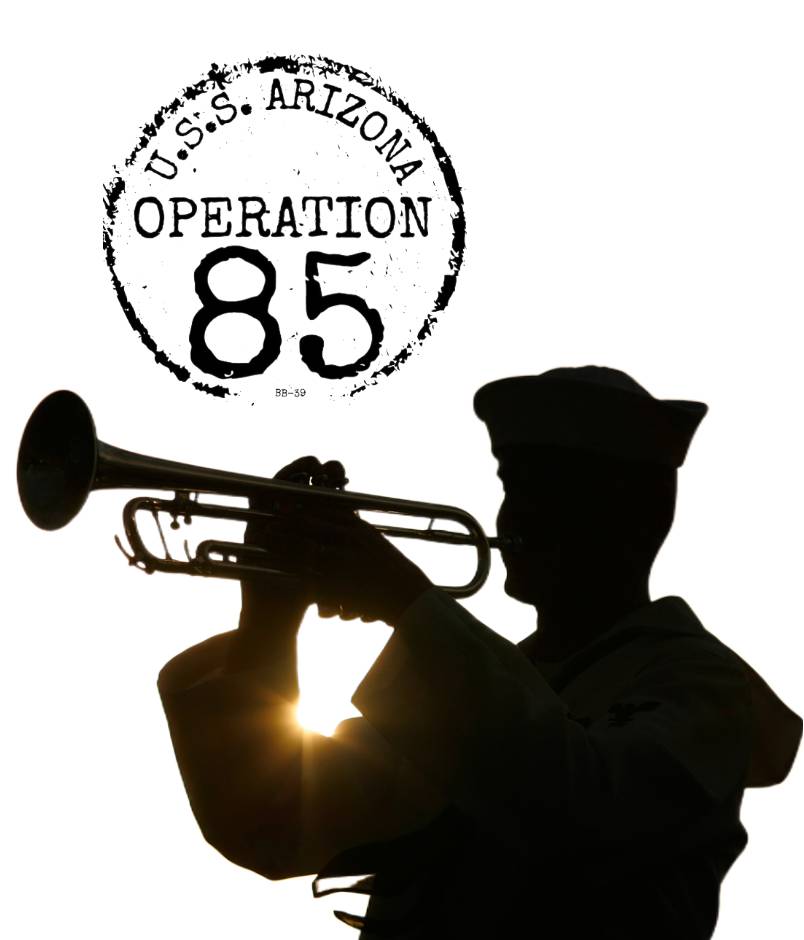
- Rank:
- Branch:
- Home Town:
- Date Of Birth:
- Disposition:
- Family DNA on File:
MATT1c Irwin Corinthis Anderson
By the standards of his day, Irvin C. Anderson was well educated. He was a high school graduate, something less than half of Americans could claim in 1940. He even sought to earn a college degree, an achievement of just six percent of American men.
Yet only one branch of the Navy was open to Mr. Anderson because he was African-American. That branch was messman — men who cooked, cleaned, polished shoes and performed other service tasks. The Messman Branch accepted men who were black, Filipino or Guamanium. They could advance to become a steward or cook for officers, but that was their limit.
Mr. Anderson was a 1933 graduate of Booker T. Washington High School in Norfolk, Virginia, and had studied printing for two years at Hampton Institute, now called Hampton University. He didn’t have money to continue.
He enlisted on Jan. 2, 1936, and had advanced to mess attendant first class by the time he was killed on the Arizona. But he was still a messman, for that was all he could be in the segregated Navy.
Black leaders had long asked the military to open more jobs, and that intensified once the war started. Under their pressure, and because of the need for more men in uniform, the Navy relented in the summer of 1942 and agreed to accept African American volunteers in general service in reserve components. In a sad irony, one of the places those qualified for specialized training were sent was the Hampton Institute.
Less than six months after Mr. Anderson’s death, his brother, Marcellus, became the first black man in the history of Norfolk to be sworn in as an auxiliary police officer. This, too, was a sad irony. As many white men enlisted or were drafted into the armed services, police departments and other employers were left short-handed. They created opportunities for African-American men because they had to.
Irvin Anderson, born April 24, 1916, was a member of St. John African Methodist Episcopal Church in Norfolk. His father, Jonas Anderson, was a cook and his mother, Jessie Johnson Anderson, a school dietician. The son married in California in June 1941 when the Arizona made a brief trip to the mainland. His widow, Anna, survived him, as did his parents and three siblings.
Students at his old high school took up a collection to install a marble plaque there in his memory. After the war the city opened Anderson Park, a residential complex for African-American veterans and war workers. It no longer exists.
Sources: Virginia birth certificate; Norfolk Journal and Guide; The Downtowner; The Virginian-Pilot of Norfolk; Navy muster rolls; “A Historic Context for the African American Military Experience,” published by the Army Construction Engineering Research Laboratories; National Center for Education Statistics.
